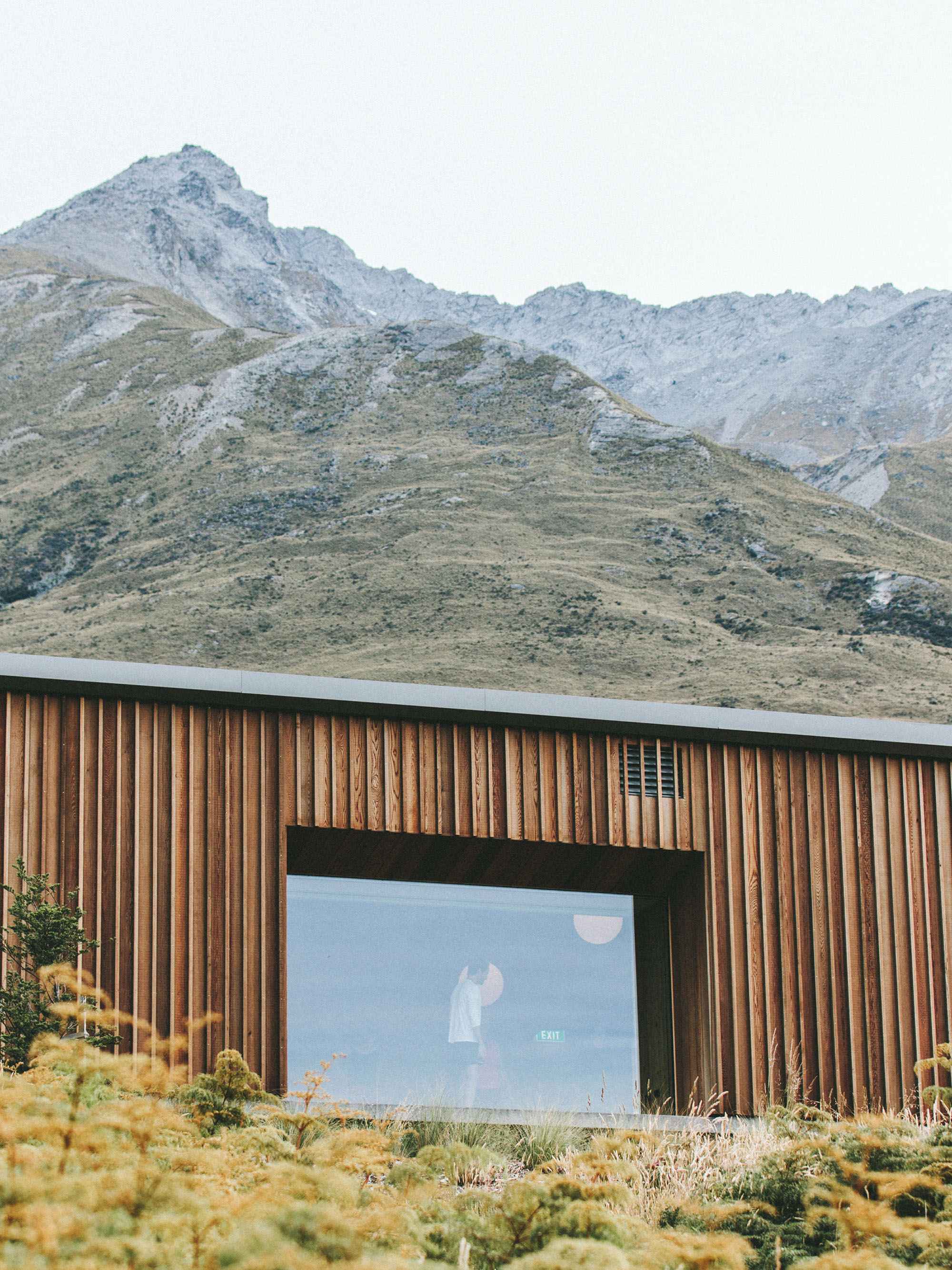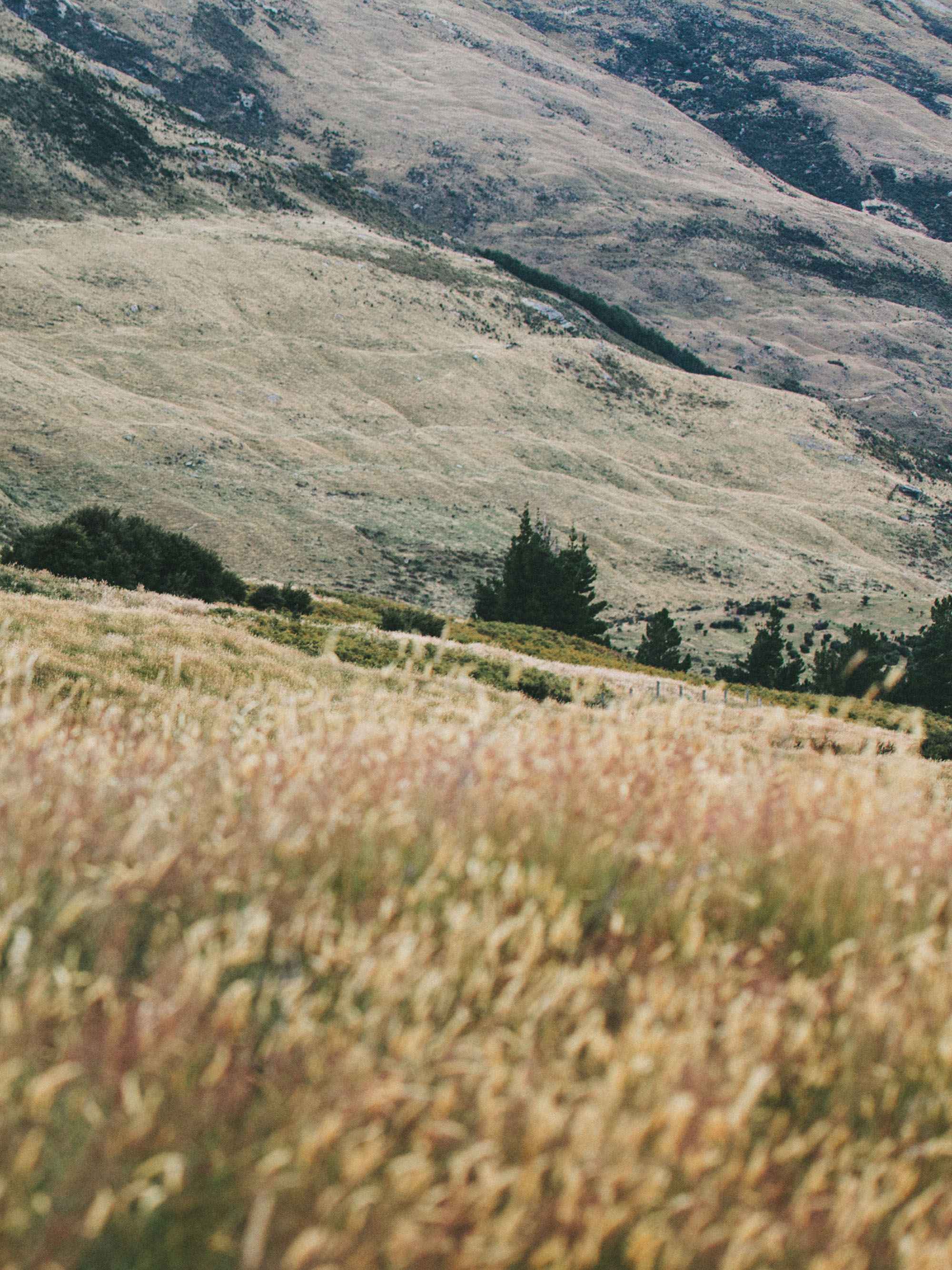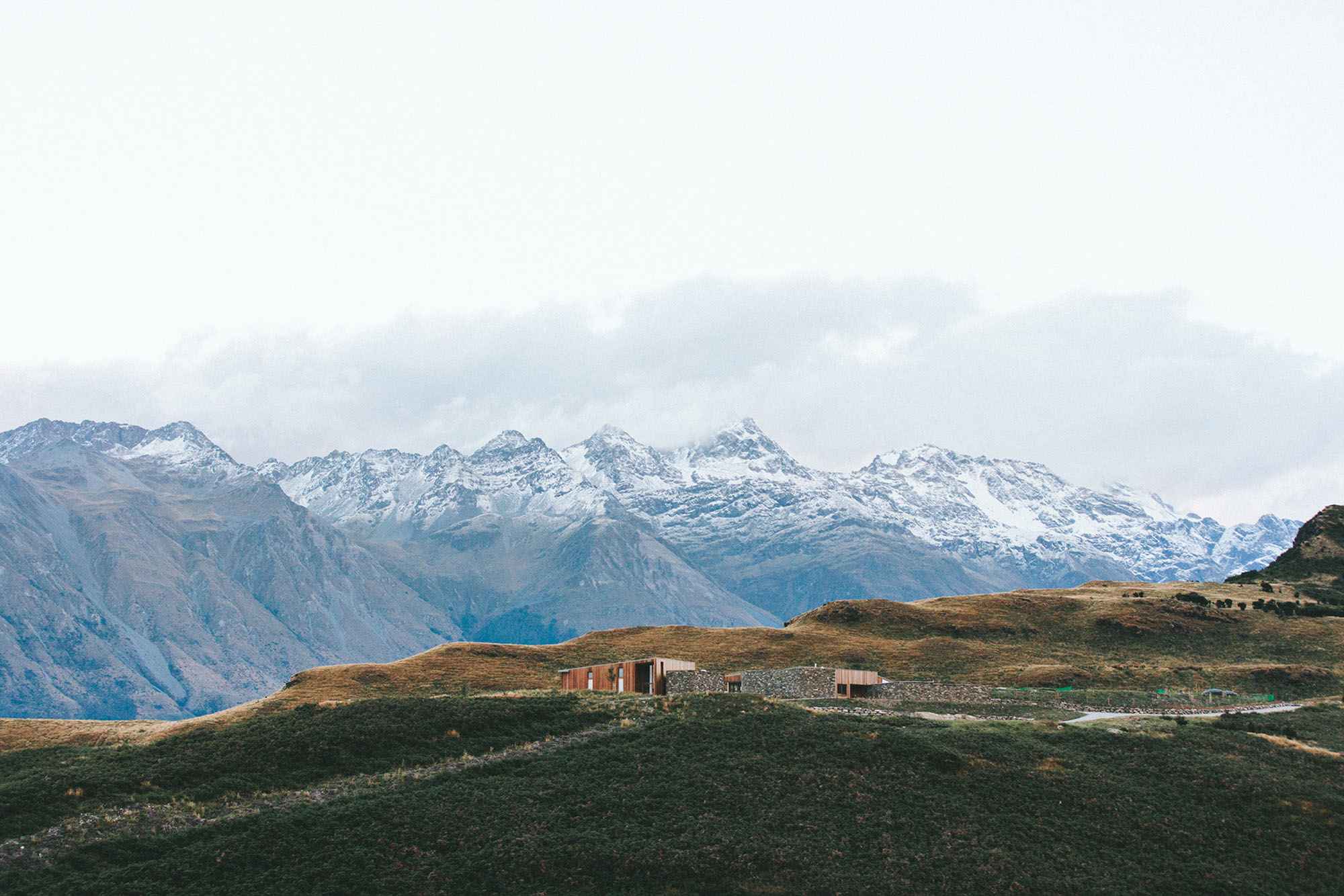Many of us have heard the term ‘chakra’, however, don’t really have a clear understanding of what a chakra is and how they can relate to our yoga practice, then into our day to day lives. Sometimes we can experience unexpected emotions during a practice, yet have no idea why. The article below provides an introduction to the chakra system and how your yoga practice and experience may be influenced by the chakras, without you realising.
Channel more confidence, creativity, and joy in your life with a basic understanding of your body's energy centres.
It’s too bad our problems don’t stay behind with our shoes when we step into the yoga studio. Too often, we get on the mat feeling overwhelmed, stressed or in need of an energy boost. But the right class can leave us feeling clearer, lighter, and refreshed. Credit the stress-busting powers of a good workout? Sure. But many teachers would also chalk this up to the unique way that yoga poses and breathwork move blocked prana (life force) through the subtle body.
According to yoga tradition, the subtle body is a part of you that you can’t see or touch—it’s where your energy flows, which is why it’s also referred to as the energy body. There are seven key points in the subtle body that are thought to be vortexes of energy, known as chakras. When energy becomes blocked in a chakra, it triggers physical, mental, or emotional imbalances that can manifest in symptoms such as anxiety, lethargy, or poor digestion. A well-tuned asana practice can free up energy and stimulate an imbalanced chakra, paving the way for that wonderful internal shift for which yoga is known.
The most direct way to use the chakras is to learn how each one is associated with an element in nature. As Alan Finger explains, the first five chakras are associated with the physical elements earth, water, fire, air, and ether (or space). The last two chakras are thought to connect us beyond the earthly realm, so they are associated with the elements of light and cosmic energy.
Once you learn the element that each chakra is associated with, you can start to suss out how that element feels in your body. And thinking about your body in these symbolic terms can help you access new stores of energy. For example, the root chakra is associated with earth. When it’s in balance, we feel strong and grounded; when it’s out of balance, we may feel unrooted and insecure. Or take the pelvic chakra, which is associated with water. When it’s in balance, we feel fluid and like our creative juices are flowing. When it’s not, we might feel rigid, dry, or emotionally brittle.
In order to restore balance in your chakras, you must first tune in to how you’re feeling, then figure out which chakra to stimulate to counteract the imbalance. For example, if you’re feeling low in energy, you can do poses that target the navel chakra to rekindle your inner fire. If you’re feeling anxious and long to feel more grounded, choose poses for the earthy root chakra. Or if you seek more courage to speak your truth, the right poses can open and stimulate the throat chakra.
The effects of a chakra-based practice can have a tangible, empowering ripple effect on your life. Jasmine Tarkeshi, vinyasa teacher and cofounder of Laughing Lotus Yoga Center, says she’s been doing more root-chakra practices since becoming a new mum, and the effect is palpable. “If I’m feeling frenzied, I hold the poses longer to feel more grounded and present,” she says. “It informs the rest of my day to the point where maybe I’m not losing my keys so much or I’m not so busy or forgetful that I skip lunch. If I specifically use the poses medicinally rather than just haphazardly, I can really change my day.”
For a more restorative, meditative approach, first close your eyes while seated and envision the colour associated with the chakra radiating from the chakra’s location, as you repeat the sound associated with it. Remember, the changes to the subtle body can’t be touched or measured. You have to trust your inner experience to feel them and to recognise their benefits. Claire Missingham, a London-based vinyasa flow yoga teacher, advises trying chakra-based poses for four weeks and keeping a journal of how you feel after each practice. Keep your notes simple, and write down any changes you feel in your energy, such as, “calmed me down” or “helped me communicate more clearly.” Keeping track this way just might help you see how tuning in to the chakras can help you shift more than just your physical state.
Muladhara (Root Chakra)
Element: Earth
Colour: Red
Sound: Lam
Life theme:
The Muladhara chakra governs your family ties and feelings of survival, belonging, and guardedness. Your earliest memories are stored here, including whether or not your basic needs were met. When it is blocked or out of balance, you can become needy, have low self-esteem, or have self-destructive behaviours. When Muladhara is in balance, you feel strong and confident; you can stand up on your own two feet and take care of yourself.
Example pose: Tree pose – Vrksasana
Svadhisthana (Sacral or Pelvic Chakra)
Element: Water
Colour: Orange
Sound: Yam
Life theme:
This chakra corresponds with your reproductive and sexual organs, and represents fluidity, creativity, and fertility. When it’s out of balance, you can feel emotionally unstable, guilty, or hard on yourself. When Svadhisthana in balance, you feel creative, positive, and receptive to change—like the ocean and its tides, you’re in the flow.
Example pose: Goddess pose – Deviasana
Manipura (Navel Chakra)
Element: Fire
Colour: Yellow
Sound: Ram
Life theme:
When the Manipura is in balance, you feel alive and have the self-esteem and confidence to take action and be productive. When it’s blocked, you lack courage, have low self-esteem, and feel stagnant and inert. By working on this chakra, you can awaken your true personal inner power and work through your fear of taking risks.
Example pose: Boat pose – Navasana
Anahata (Heart Chakra)
Element: Air
Color: Green
Sound: Yam
Life Theme:
Awaken to the power of unconditional love within you through compassion, forgiveness, and acceptance. When the heart chakra is blocked, you become possessive and co-dependent, and may form dysfunctional relationships. You may also stay isolated for fear of rejection. When you stimulate the Anahata chakra, you can heal past wounds by reopening your heart, learn to love unconditionally, and form healthy relationships.
Pose example: Camel – Ustrasana
Vishuddha (Throat Chakra)
Element: Ether
Colour: Blue
Sound: Ham
Lift theme:
When Vishuddha is blocked, you may feel like you can’t find your voice or your truth. You may also be overly talkative and not listen to others. When this chakra is open and stimulated, your voice moves through space to help you communicate your emotions in healthy ways. You also become better at listening to others and honouring their personal truths without judgment.
Pose example: Supported shoulderstand - Salamba Sarvangasana
Anja (Third-Eye Chakra)
Element: Light
Colour: Indigo
Sound: OM
Life theme:
This chakra is associated with your intuition, or sixth sense, and governs how the rest of the chakras function. When Ajna is functioning well, you have insight, and you trust your inner wisdom to face life’s challenges and choices. When it’s blocked, you feel close-minded, too attached to logic, untrusting, and cynical. Working on the sixth chakra opens your mind to the bigger picture and different perspectives, and it helps you receive the wisdom that cannot be seen or heard by ordinary senses.
Example pose: Sukhasana
Sahasrara (Crown Chakra)
Element: Cosmic Energy
Color: Violet or White
Sound: OM
Life theme:
The crown chakra connects to beauty itself and the spiritual realm. It helps you to understand who you are beyond your physical self—that you are a spiritual being having a human experience. It is not located in the body but actually hovers above the crown of the head. When it’s closed, you think happiness can only come from the outside, and you suffer. Working on this chakra helps you to feel free in any situation.
Example pose: Corpse pose – Savasana
Source: https://www.yogajournal.com/practice/yoga-sequences-level/beginners-guide-chakras/
Original author: Andrea Ferretti
FOLLOW US ON INSTAGRAM FOR HOW TO VIDEOS, TIP AND TRICKS, YOGA INSPO AND MUCH MORE!










